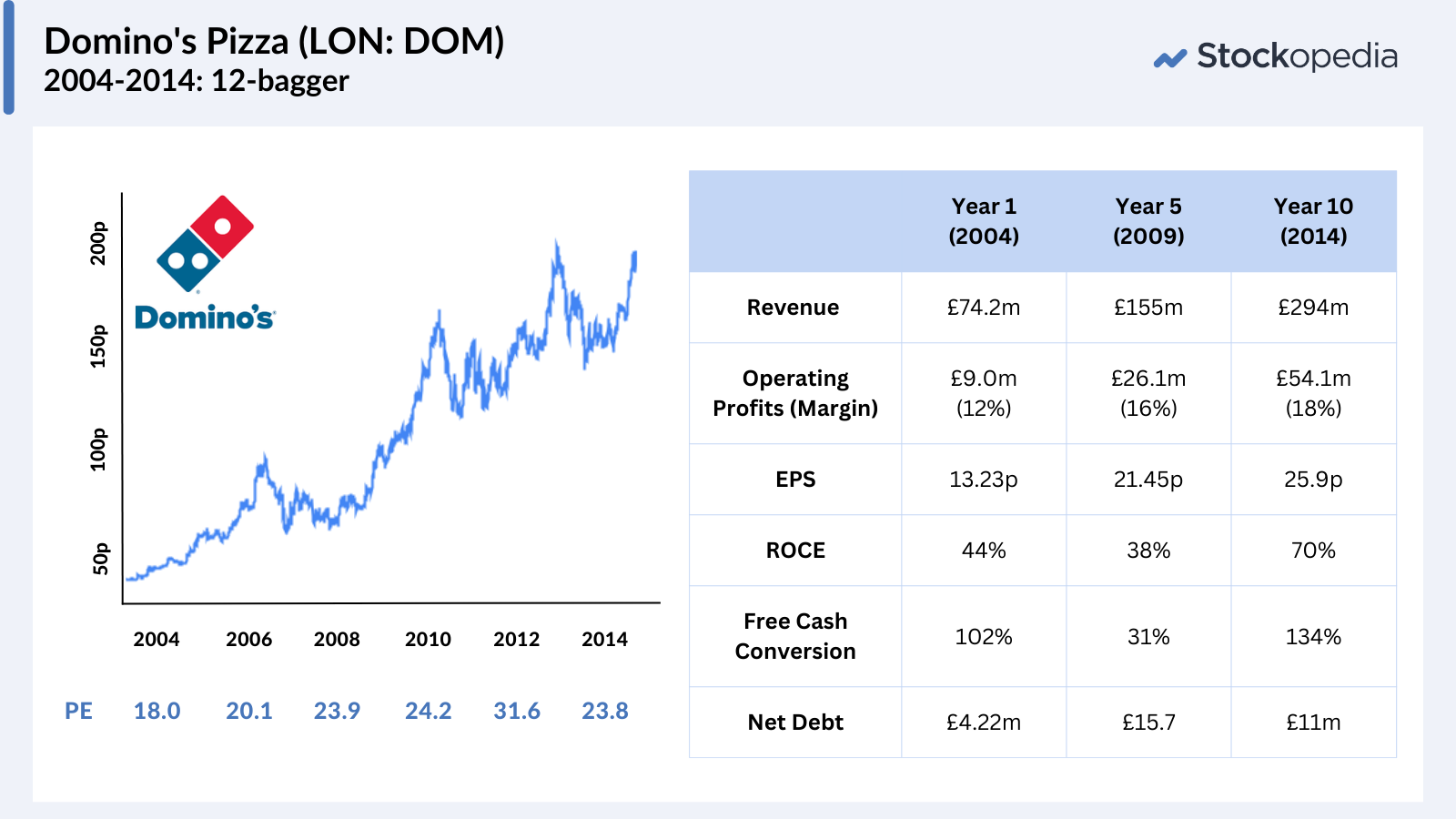When Peter Lynch first coined the term ‘multi-bagger’ he referred to companies whose share price had risen more than 100%, thus doubling shareholders’ original investment. A two-fold return is a wonderful outcome (especially in today’s markets) but when private investors hunt for multi-baggers, most of them are not really looking to just double their money. They’re after something much bigger.
But forgetting the origins of the term multi-bagger and the style of investing behind it is a mistake made by many inexperienced investors. Lynch didn’t hunt high risk, high-flying stocks, he was after quality - the type of quality that can be reinvested to spur impressive earnings growth over the medium to long term.
In the many studies that have attempted to capture the metrics that make a multi-bagger, high-quality profits always make an appearance. Sensible valuations are also surprisingly frequent, as companies which hit multi-bagger status tend to do so thanks in part to multiple expansion. Put plainly, that means their price to earnings multiples (or other valuation ratios) get higher, and in order to do so, those multiples can’t be too high to begin with. These are valuable lessons for investors hunting for the multi-baggers of the future.
So, while looking back at the multi-baggers you may have missed can be frustrating, there are lessons to be learned in the past performance of stocks. This article will run through five of the biggest winners for UK private investors in recent years and attempt to identify five of the shared qualities that you can use in the hunt for your next multi-bagger.
1. Domino’s Pizza: The might of a franchise

It is testament to the strength of the Domino’s brand (which encompasses its easily-distinguishable pizzas), that in 2023 the company still occupies a niche in the pizza delivery industry. Last year, the UK’s takeaway food market was worth £21.4bn, of which pizza delivery accounted for £3.7bn.
That’s a far cry from the £304m market which Domino’s dominated when it listed on AIM in late 1999. Then, Domino’s estimated it had a market share of 65% and, with its newly launched online delivery service (the first company in the UK to offer takeaway food online), management was predicting to take even more market share in the coming years.
They were right. In the five years following the IPO, sales rose at a compound…








